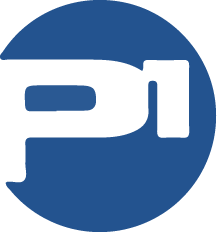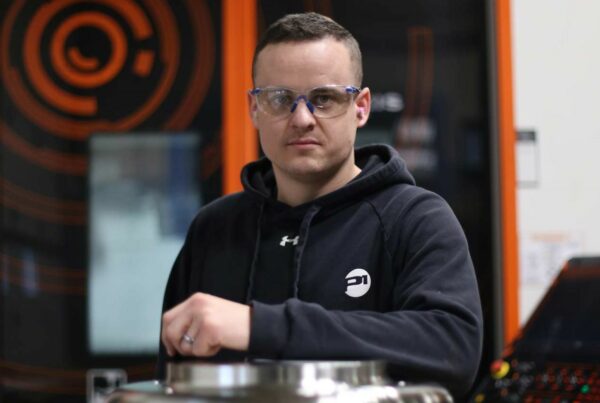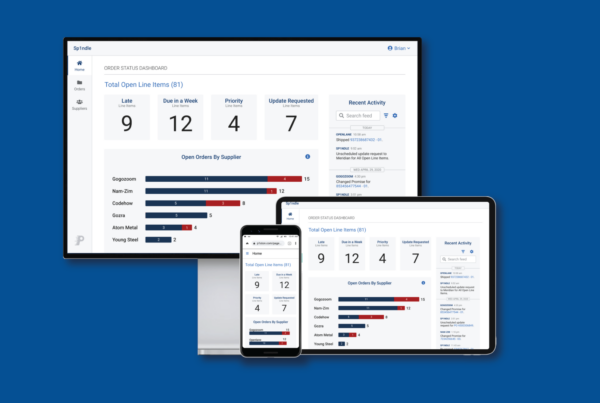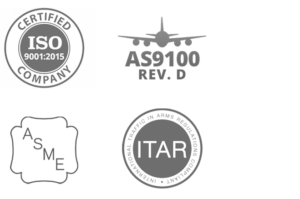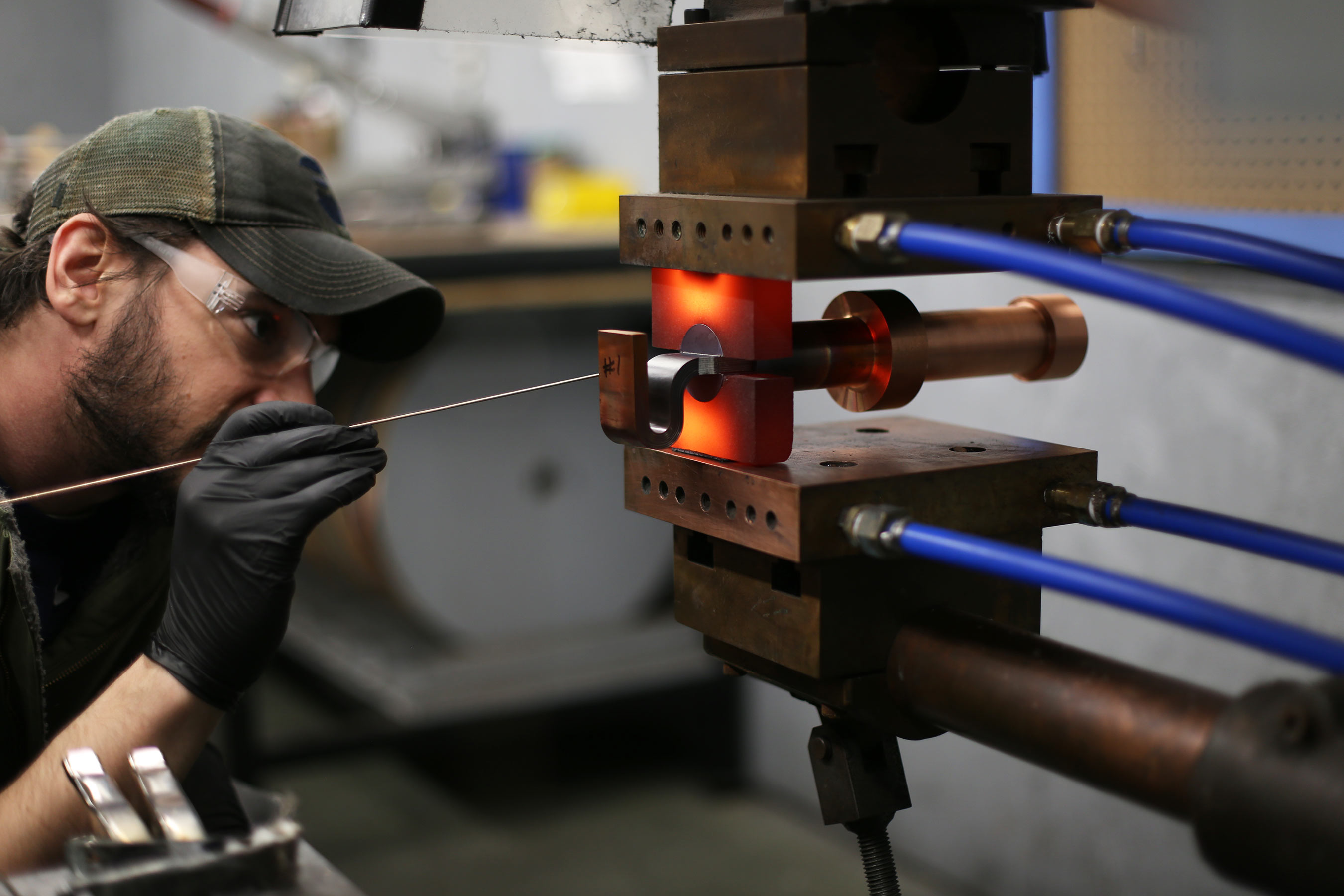
Fabrication at P1 Manufacturing
Fabrication is an integral piece of any modern manufacturing company. Learn about what fabrication includes and why it’s so important.
What is Fabrication?
Fabrication is a process that involves the creation of objects by cutting, bending and assembling raw materials. Fabricators can work with metal, plastic or wood to create new products. They may use welding equipment to join two pieces of metal together or use machinery to cut material into specific shapes.
The skills required for this type of work vary depending on what you’re making; however, all fabricators will need some familiarity with basic tools such as hammers and screwdrivers in order to complete their projects successfully
Processes Involved in Fabrication
The process of fabrication is the combination of processes involved in creating a part or product. These include:
- Cutting
- Forming
- Joining (welding)
- Finishing
Tools Used in Fabrication
- Power tools. These are the most common type of tool used in fabrication. They’re generally electric and can be used to cut, shape, or drill materials. Some common examples include table saws and routers.
- Hand tools. These are typically used for more precise work than power tools can accomplish on their own, such as carving wood or metal with chisels or hammers.
- CNC Machines (Computer Numerical Control): A computer-controlled machine that uses a programmable controller to execute repetitive automatically without intervention.
Materials Used in Fabrication
Materials that are used in fabrication include metals, plastics, composites and wood. These materials can be cut or shaped to create a new product that is stronger than the original material. At P1, we work with a wide variety of metals, including stainless steel, brass, aluminum, copper, inconel and carbon steel.
Fabrication in the Automotive Industry
Fabrication is a critical part of manufacturing, as it allows for the creation of parts that are too complex or expensive to be made by other means. Fabrication processes include welding, brazing, casting, and machining. Fabricators use tools such as welders and grinders to build components from raw materials like steel and aluminum. They may also use computer-aided design (CAD) software to design their projects before beginning fabrication work on them; this helps ensure that the finished product meets all specifications required by clients who have ordered it from them.
Advantages of Fabrication
Fabrication is done manually or with the help of machines, but it’s important to note that fabrication does not include any kind of assembly or manufacturing.
Fabrication has several advantages over other methods of production:
- Cost Savings. Because fabrication involves fewer steps than machining or casting, it’s often cheaper to produce parts using this method.
- Efficiency. Fabricating parts allows manufacturers to customize them for their specific needs and use cases without sacrificing quality or performance standards set by industry standards like ANSI B4.1-2008 (for example). This means you get exactly what you want at an affordable price!
Conclusion
Fabrication is an essential part of modern manufacturing, providing cost savings, efficiency, and quality. Learn more about the custom fabrication services P1 Manufacturing provides.
